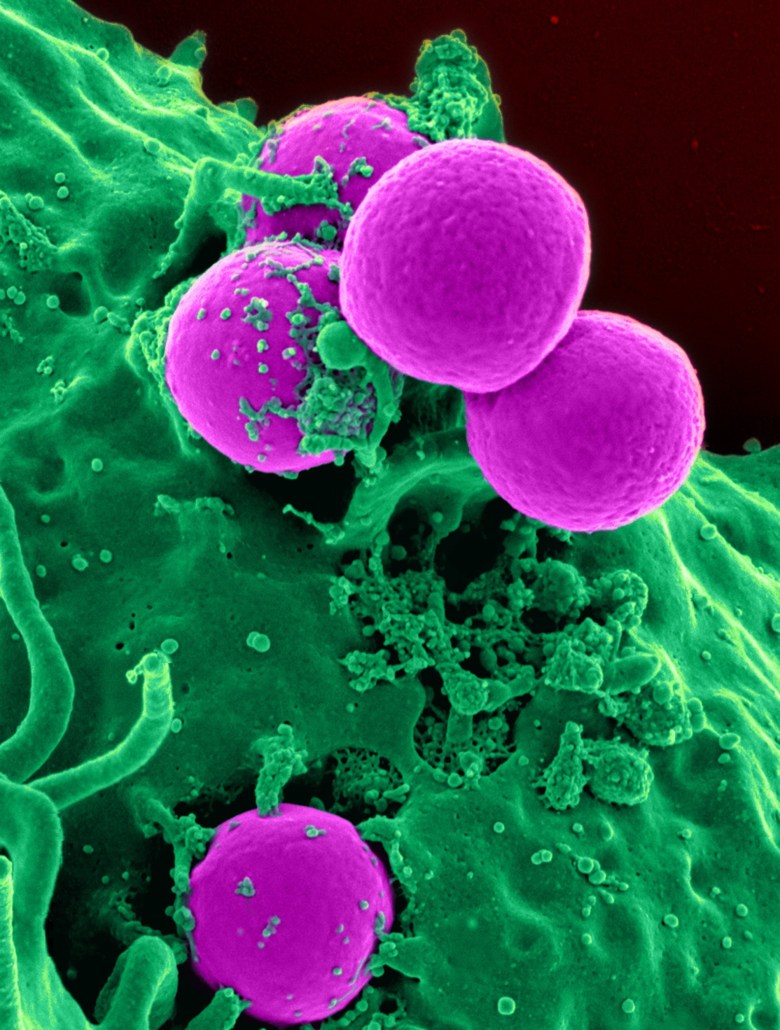As coders, we all face challenges when it comes to assigning codes that best describe anemia being treated. Many times, anemia requires a query for the type being evaluated and/or treated. Often once anemia has been stabilized, work up to identify the cause is undertaken. Let’s explore anemia, medical coding solutions, sequencing, and more.
Anemia in the truest clinical sense is when the blood lacks enough red blood cells (RBCs)/haemoglobin or lacks healthy red blood cells/haemoglobin. Symptoms of anemia include fatigue, pale skin, heart palpitations, dizziness, and shortness of breath. Some patients present for evaluation with one or more of the above symptoms, others may have no symptoms however anemia may be detected by a simple blood test called a complete blood count (CBC).
Sickle cell anemia/haemoglobin SS is an inherited type of anemia in which the red blood cells/haemoglobin are distorted or sickle-shaped making them fragile and prone to rupture. Since the RBCs/haemoglobin are the oxygen-carrying protein within the RBC, the abnormal shape inhibits the function of the RBC. Many sickle cell anemia patients suffer from pain syndrome and anemia symptoms. Experimental gene therapy is being researched in clinical trials to relieve these patients from having to take daily hydroxyurea reducing the frequency of painful crises and the need for frequent blood transfusions. Coding Clinic 4Q 2020 p 6,7 is a good reference.
Blood loss anemia is either chronic or acute. Acute blood loss anemia is a sudden loss of blood over a brief period of time. Trauma, gastrointestinal bleed, and intraoperative/postoperative events are the most common reasons for acute blood loss anemia. Chronic blood loss anemia is a loss of blood over a period of time due to iron deficiency, condition of the bone marrow, or slow bleed of the gastrointestinal tract.
When the reason for the anemia is identified, sickle cell anemia, gastrointestinal bleed (ulcer, erosion, AVM, etc.). Trauma, etc., the cause/reason for the anemia is the PDX, however, we always have to keep in mind that the PDX is whatever is the circumstance of the admission, and/or the reason for admission after study.
Coding Clinic 2013 3Q page 8 describes a patient who presents with generalized weakness, severe hypochromic microcytic anemia, and melena. The provider described, ‘etiology of gastrointestinal (GI) bleeding resulting in anemia is to be established.” The patient underwent EGD and colonoscopy with colon biopsy. A fungating malignant mass in the right colon was identified. The provider’s final statement indicated, “Adenocarcinoma of the transverse colon, acute microcytic hypochromic anemia secondary to blood loss due to GI bleeding”.
Assign the malignant neoplasm of the colon transverse colon as PDX. Secondary diagnoses include acute posthemorrhagic anemia and blood in the stool (melena). (Melena is not inherent to colon malignancy).
Coding Clinic 2013 3 Q page 4 describes a former 35-week premature infant now eight weeks old who is suffering from iatrogenic anemia due to blood loss due to frequent blood draws. This condition could also be documented in older patients as well.
Assign the code for anemia secondary to blood loss (chronic). This applies to both infants and adult patients.
Coding Clinic 2007 1 Q page 19:
“If a physician documents postoperative anemia in the medical record, but does not label the condition as a complication, and does not specify acute blood loss, assign anemia unspecified. When post-operative anemia is due to acute blood loss, assign acute post-hemorrhagic anemia."
Only assign a complication code when the provider documents the anemia is a complication.
Gastrointestinal hemorrhage manifests itself in several ways:
- Hematemesis, indicting acute upper GI hemorrhage
- Melena, indicating upper or lower GI hemorrhage
- Occult, bleeding seen on laboratory examination only(not GI Bleed)
- Hematochezia, usually indicating blood from the rectum
When a patient presents with signs and symptoms of anemia, treatment of the anemia is begun which may be oral therapy or transfusion, the thrust of care may be associated with the anemia. However, when the patient, once stable, begins the evaluation and search for the source of the anemia and after careful study that source is identified, gastritis, esophagitis, erosion, ulcer, AVM, fungating mass…the identified source of the bleeding that caused the anemia is the PDX followed by the type of anemia documented.
When evaluation does not reveal a source or possible source of the bleed, the anemia is the PDX.
Coding Clinic 1991 1 Q page 15:
“If the physician documents this as a bleeding gastric ulcer based on history and /or physical examination, code it as such even if active bleeding is not demonstrated at the time of endoscopy. Most gastric ulcers associated with bleeding will bleed intermittently so it would not be uncommon to find the ulcer not bleeding at the time of endoscopy. Therefore, the fact the ulcer is not bleeding at the time of endoscopy should not preclude the medical coding of gastric ulcer with hemorrhage if it has been documented by the history and/or physical examination.”
The reason for admission after study and/or circumstance of admission is always going to determine the PDX. When anemia is being considered as the PDX, the reason for admission after study and/or circumstance of admission should point to anemia as the driving factor for the inpatient admission, workup, evaluation, and treatment. Keep in mind when the underlying cause of the anemia is determined and that underlying condition is the reason for admission after study and/or circumstance of admission, workup, evaluation, and treatment, then the underlying cause may be the PDX.
Let us continue to work together, evaluating our resources to better understand anemia, medical coding solutions, sequencing, and more. My thanks to Coding Clinic.
About the Author
Marie Thomas holds a Masters in Healthcare Administration from Pfeiffer University, Charlotte, NC, and a Bachelor of Science in Healthcare Administration from Pfeiffer University. Marie has furthered her career education by becoming an AHIMA-Approved ICD-10-CM/PCS Trainer and Ambassador as well as earning the RHIT, CCS, CCDS, and CPC-H credentials. For more information please comment below.


